by Paul E. Robinson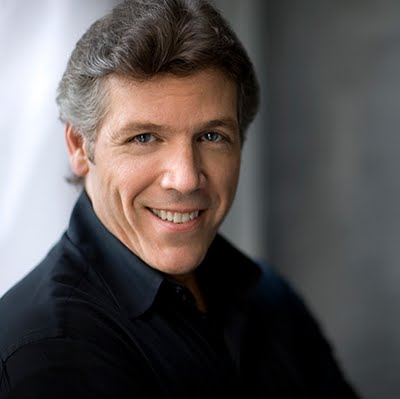
Last night at the Knowlton Festival, Kent Nagano continued his Brahms cycle with the OSM playing the Symphony No. 3 in F major Op. 90. The evening’s guest soloist was American baritone Thomas Hampson (photo:
right) in three songs by Richard Strauss. It was arguably one of the best concerts of the festival.
The Brahms Third opened the programme and from the first bars, Nagano’s ear for balance and beauty of sound was again evident. As the first movement unfolded, there was more. I wouldn’t say there was abandon – that quality doesn’t seem to be a part of Nagano’s artistic persona – but there was real intensity. This symphony is regarded as autumnal and reflective, and is the only one of the four Brahms symphonies to end quietly. In the first and last movements, however, there is excitement and grandeur and Nagano and his musicians captured much of it. I must say I have rarely heard the orchestra play better. The wind solos were not just accurate, but memorable. The string textures were rich and finely detailed.
Musicians know that the Third Symphony is very difficult as an ensemble piece. Nagano and the OSM players had obviously done their wood-shedding, and it paid off. The syncopations in the last movement were exceptionally precise. Much of the credit for the standard of playing must always go to the musicians themselves, but the conductor’s perception of sound is obviously crucial to the shape of the whole.
Nagano has an ear for both the big picture and the smallest detail. As far as the big picture is concerned, I was struck by his slower than usual tempo for the second movement. At this tempo, the lower strings had time to be expansive in their phrasing; they positively glowed. In the fourth movement, Nagano chose to maintain the quick tempo right into and through the second subject, where other conductors ease up. This strategy worked perfectly and added to the excitement without any loss of melodic grace.
Programming Major Work Before Intermission May be WiseA minor point, but a significant one perhaps: at most of the Knowlton Festival concerts, the major work concludes the concert. At the final chord, a fair number of concert-goers – understandably – make a dash for the exits to make sure they don’t get caught up in the long lines to board busses.
Last night the Third Symphony, the major work on the programme, opened the concert. At its conclusion audience members stayed in their seats – or, more accurately, on their feet – to applaud Nagano and the OSM at the end of the performance. The ovation was warm, vocal, and sustained. Conductor and musicians clearly appreciated it.
Incidentally, in his opening remarks tonight, Knowlton Festival president and executive director Marco Genoni apologized for the transportation challenges and assured folks that these were being dealt with by management.
Baritone Thomas Hampson Beguiles Knowlton!
After intermission, one of the leading stars of the Metropolitan Opera took the stage to perform some rarely-heard songs by Richard Strauss. Thomas Hampson is by now a beloved figure in New York and around the world and everything he does is informed by scholarly preparation, intelligent phrasing and a ringing voice. He was in fine voice last night and I thoroughly enjoyed the repertoire.
Hampson sang three songs, written in the years 1897-99, around the time Strauss was composing works such as
Don Quixote and
Ein Heldenleben, but before the composition of his most famous operas.
For me, the most impressive of the songs presented was
Notturno Op. 44 No. 1. The poetry is by Richard Dehmel, the same man who later inspired Schönberg in his
Verklärte Nacht. Since these are orchestral songs and the composer is Richard Strauss at the top of his game, it is not surprising that something amazing happens in the orchestra in every bar.
The orchestration, with its use of trombones at the bottom of their register combined with double basses and contrabassoon, suggested a sort of dry run for
Elektra or
Salome. The sustained chords played by this combination of instruments were ominous and unsettling. On top of these chords were frequent violin solos – virtually the top and bottom of the orchestra playing together. The sounds were mesmerizing and gave Hampson the ideal framework for his rendering of the text. A great song and an ideal performance.
Hampson also sang
Hymnus Op. 33 No. 3 and
Pilgers Morgenlied Op. 33 No. 4. Even without the texts available to them, the audience loved what they heard and demanded an encore. Hampson obliged with
Rheinlegendchen (Rhine Legend) from
Des Knaben Wunderhorn. This is folk poetry rendered into Mahlerian folk song and Hampson sang it beautifully. With all the accompanying body language, it was obvious to the audience that Hampson was telling some kind of amusing story. One wished he had let the audience in on at least the outlines of this charming tale before he sang it.
Hampson is justly famous for his Mahler, having recorded most of the songs with Leonard Bernstein and written extensively about the composer and his music. Come to think of it, it was more than twenty years ago that he made the Bernstein recordings and Hampson sounds better than ever! Anyone wanting to know more about Hampson should visit his
website. It is filled with information including titles and texts of all the songs in his repertoire.
Incidentally, the violin soloist in Strauss’
Notturno was Andrew Wan, one of the OSM’s two concertmasters. Wan just joined the orchestra last year and it is already apparent that he is a huge asset for his stellar playing and for the obvious energy and leadership he brings to the role.
Good Sound Might Go Further with Portable ShellI have long thought that where one sits at a concert has a lot to do with one’s impression of the performance. This is probably less true in a great hall but critical in a poor or mediocre hall. Le Chapiteau (tent) at the Knowlton Festival is not a great concert hall nor does it pretend to be one. Last night I sat in the sixth row – for many of the other concerts I have been much further back and off to the side – and for the first time I really began to feel I was hearing the orchestra properly and well. I would guess that anywhere in the first ten rows one will have a similar experience. The problem is that these are also the most expensive seats. A great experience for those who can afford to sit there; for the rest of the audience, some work needs to be done to enhance the sound. A portable shell of some kind might help.
Coming Next: Today at 5 pm Susan Platts gives a free recital and tonight at 8 pm Massimiliano Muralli leads the Festival Orchestra with prize winners from Placido Domingo’s Operalia competitions in excerpts from Bellini’s
I Capuleti e I Montecchi, and Kent Nagano conducts excerpts from Tchaikovsky’s
Eugen Onegin. Tomorrow (Saturday) morning the busiest day of the festival begins at 10 am with a children’s opera
Orfea and the Golden Harp presented by Jeunesses Musicales du Canada, followed by a master class with Italian conductor Massimiliano Muralli. Marianne Lambert gives a recital at 2 pm. In the evening, there is a second performance of Bellini’s
La Sonnambula led by Kent Nagano and featuring Sumi Jo. Finally, on Sunday morning at 11 am – note the unusual time for the concert – Kent Nagano conducts the OSM in the closing concert with soloists June Anderson, Sumi Jo and Susan Platts in the final scene from Richard Strauss’
Der Rosenkavalier. Nagano also completes his Brahms cycle with the Symphony No. 1. For more information visit the festival
website.
Paul E. Robinson is the author of
Herbert von Karajan: the Maestro as Superstar, and
Sir Georg Solti: His Life and Music, both available at Amazon.com.
Labels: Andrew Wan, brahms, Festival de Knowlton, Kent Nagano, Knowlton Festival, OSM, Richard Strauss, Thomas Hampson
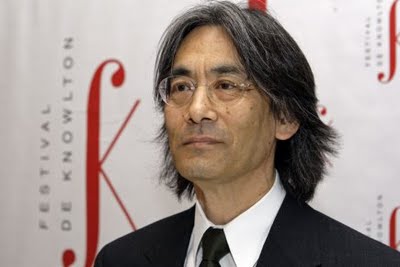
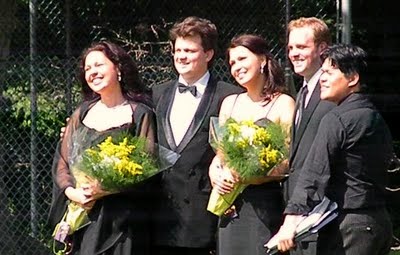


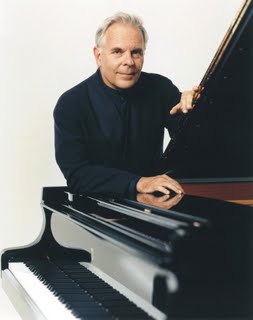
 The excitement of the opening weekend has died down and the crowds have thinned but the Knowlton Festival (Québec) continues with music-making of the highest order. Our own period music specialist ensemble, Les Violons du Roy, based in Québec City, took the stage last night and filled the air with the sounds of Handel.
The excitement of the opening weekend has died down and the crowds have thinned but the Knowlton Festival (Québec) continues with music-making of the highest order. Our own period music specialist ensemble, Les Violons du Roy, based in Québec City, took the stage last night and filled the air with the sounds of Handel.




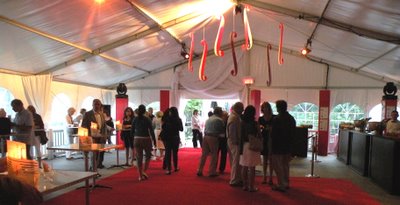 Knowlton was awash with tourists and classical music-lovers this weekend. The tourists are a familiar sight in these parts, drawn by the beauty of the location, the antique stores and boutiques selling lavender products and a tempting variety of other country fare. The music-lovers, however, are a relatively new phenomenon, attracted by the Knowlton Festival. On the basis of what I have heard so far I don’t think they would be disappointed.
Knowlton was awash with tourists and classical music-lovers this weekend. The tourists are a familiar sight in these parts, drawn by the beauty of the location, the antique stores and boutiques selling lavender products and a tempting variety of other country fare. The music-lovers, however, are a relatively new phenomenon, attracted by the Knowlton Festival. On the basis of what I have heard so far I don’t think they would be disappointed. 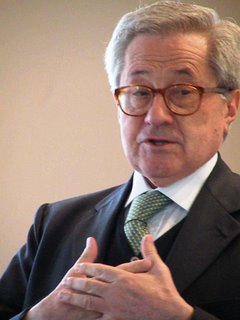
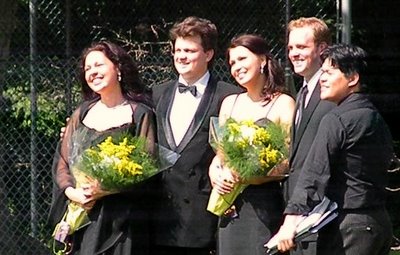
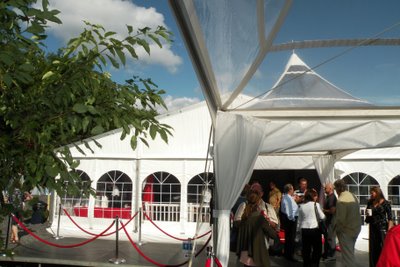 The Knowlton Festival, which started life as Festival Bel Canto last summer, opened officially last night with an all Brahms program. Maestro Kent Nagano did his best, in a well-attended pre-concert talk, to make the case that one could legitimately see the music of Brahms as no less bel canto than the operas of Rossini, Bellini and Donizetti. Basically, he was saying that all music is 'singing' or an attempt to emulate 'singing' using instruments. But such a broad definition obscures most of the very real and interesting differences between styles of music.
The Knowlton Festival, which started life as Festival Bel Canto last summer, opened officially last night with an all Brahms program. Maestro Kent Nagano did his best, in a well-attended pre-concert talk, to make the case that one could legitimately see the music of Brahms as no less bel canto than the operas of Rossini, Bellini and Donizetti. Basically, he was saying that all music is 'singing' or an attempt to emulate 'singing' using instruments. But such a broad definition obscures most of the very real and interesting differences between styles of music. 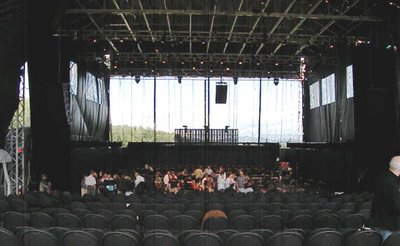 The festival tent is much larger than the one used last year. It is decidedly less claustrophobic and now has a bar area under cover. That it is still acoustically challenged should come as no surprise; it is still a tent and as such has no effective reflecting surfaces. Without amplification one guesses that very little sound would get to the audience.
The festival tent is much larger than the one used last year. It is decidedly less claustrophobic and now has a bar area under cover. That it is still acoustically challenged should come as no surprise; it is still a tent and as such has no effective reflecting surfaces. Without amplification one guesses that very little sound would get to the audience.



